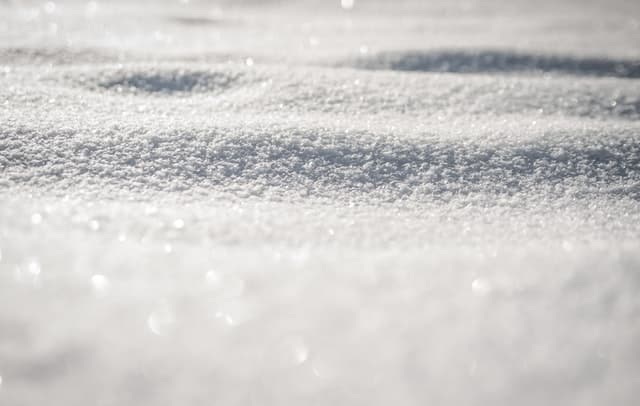Following Storm Emma and the heavy snowfall experienced in 2018, the ROI Environmental Protection Agency (EPA) has published the following advice for well owners
Advice and guidance for households using private wells which includes information on:
- Protecting your private well water
- Testing and treating your well water
- Concerns and complaints
- Further guidance and Frequently Asked Questions
This information includes a
Protect Your Well Assessment App and a short animation explaining how to protect your private well.
The EPA has also published an
Advice Note on Restoring Public Water Supplies Following Flooding which should be used by water suppliers, such as Irish Water and Group Water Schemes operators, if supplies have been affected by flooding.
Disinfecting Your Well After Flooding
This method is for the disinfection of a well water supply, water storage tank, water carrying pipe work and hot & cold-water cylinders. Approximately 1,100 litres of water will be used.
Caution: if you have a filter or any other type of water treatment on any part of your system, consult your supplier before following this procedure. Heavily chlorinated water may affect the filter or the chlorine may be absorbed by the filter, rendering the procedure ineffective.
- Add 5 litres of a 1% w/v solution of Sodium Hypochlorite to 25 litres of water. While we do not endorse any individual products, any one of the following products may be used diluted in 25 litres of water.
-
- 2.5 litres of Milton fluid (or 50 tablets) or similar products with 2% w/v Sodium Hypochlorite.
or
- 0.5 litres of Sterichlor or similar products with 10/11% Sodium Hypochlorite
Disinfection products sold for use on the farm will be acceptable for use in disinfecting wells. However, it is important to seek advice about their use and it is advisable to always use the products in about 25 litres of water.
- Pour half of the solution into the well.
- Turn on the drinking water tap in the kitchen and let the water run until there is a distinct smell of chlorine from the water. Then turn off the tap.
- Turn on all other taps and let the water run until there is a distinct smell of chlorine from the water. Then turn off the taps.
- Pour the other half of the solution into the well. Turn off the well pump and ensure that the well is covered properly. Allow to stand overnight or for at least 8 hours.
- After at least 8 hours reconnect the pump. Turn on all taps and let the water run until the smell of chlorine is gone. Turn off all taps.
- Arrange for the water to be tested.
N.B. This method is only suitable as a once off shock disinfecting procedure and cannot replace a proper treatment system if your water supply needs continuous disinfection.
Grants are available in ROI for wells. 










